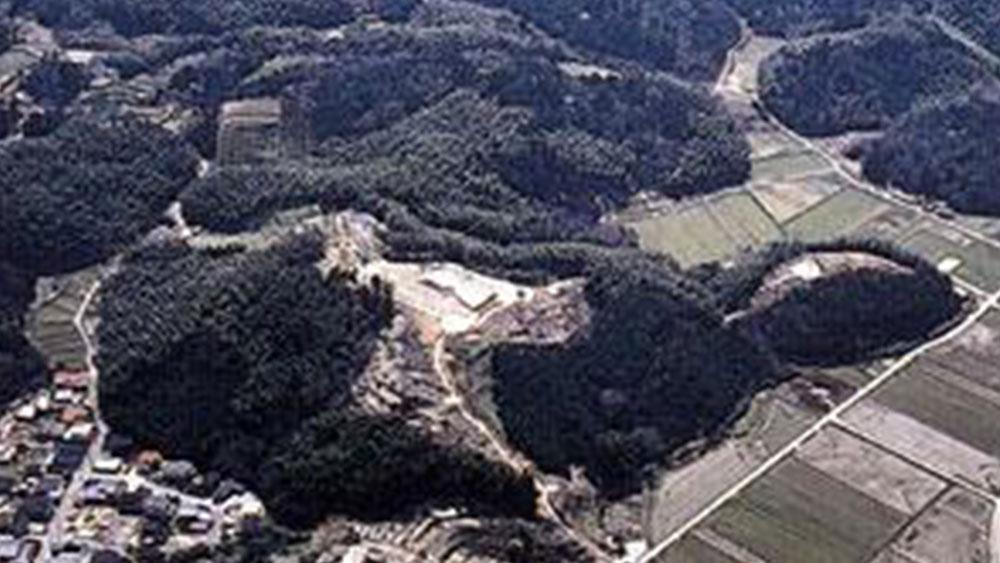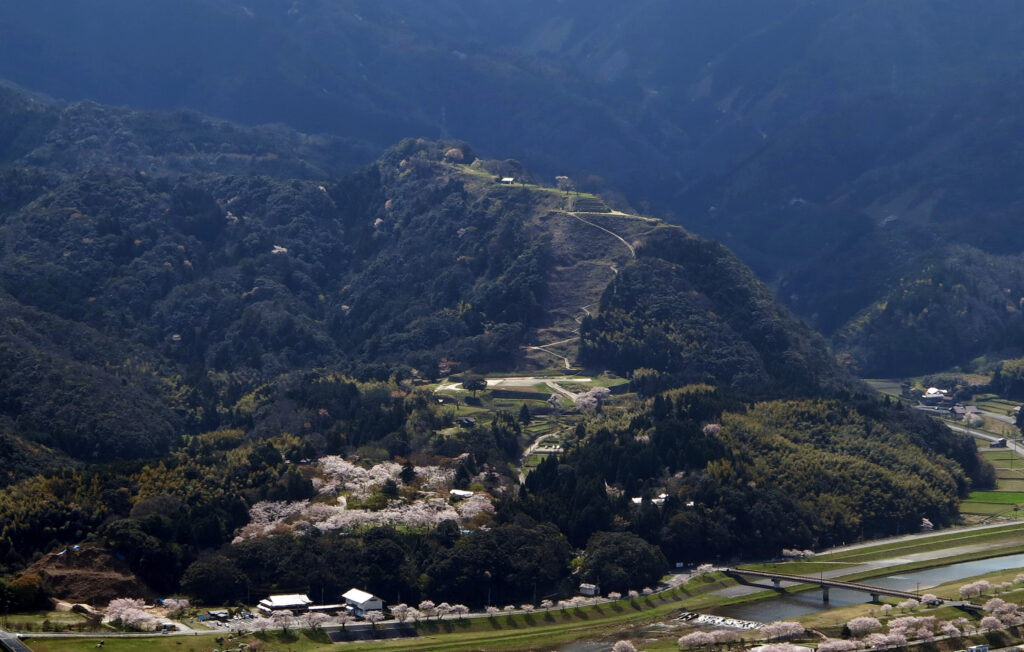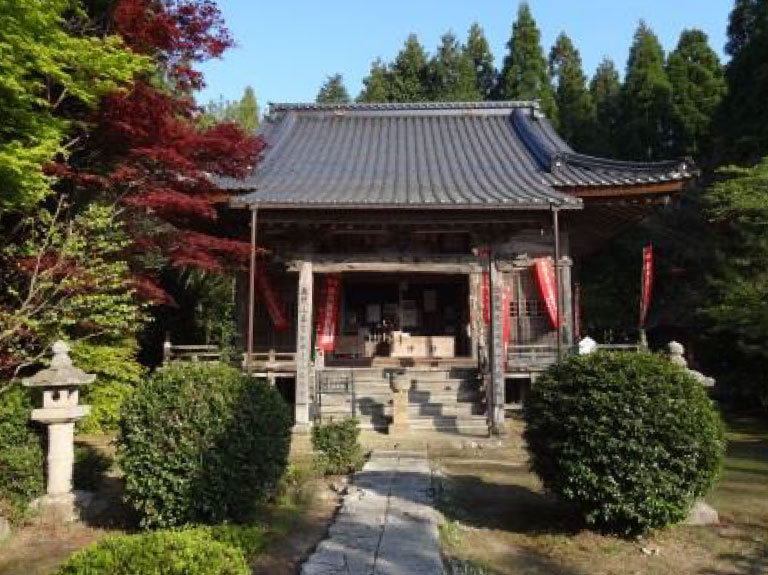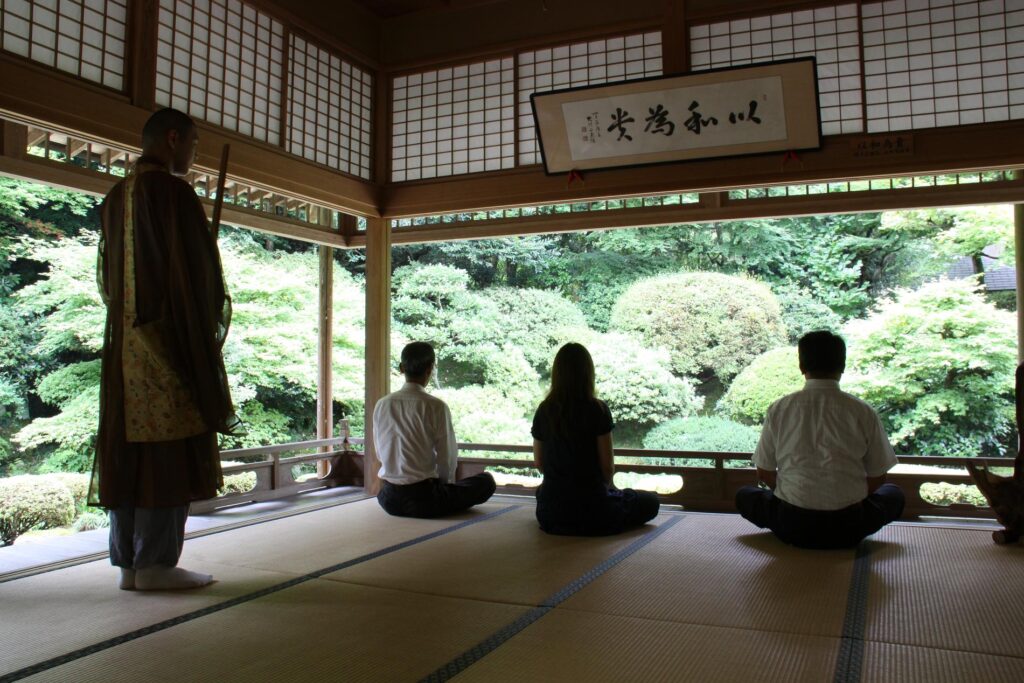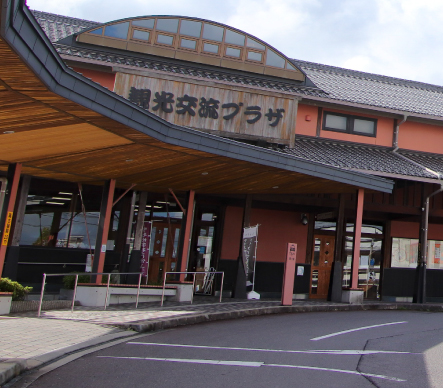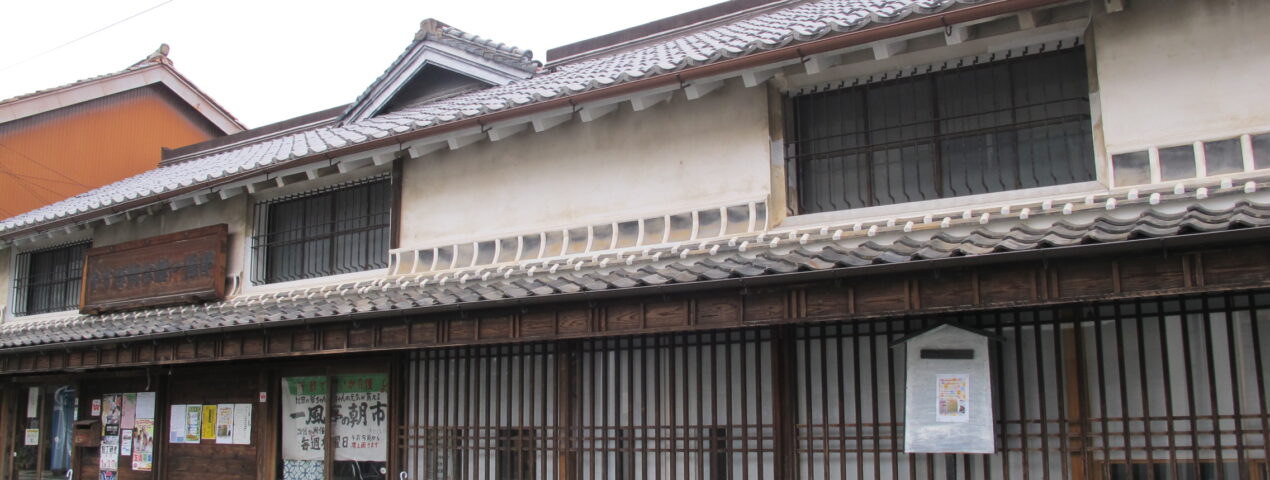
[Guided] Course around old houses
In modern times, Yasugi has developed from an iron shipping port to a steel town, and many of the buildings from that time still exist, creating an atmospheric townscape.
This course explores Yasugi's history by visiting buildings designated as cultural properties.
※※The places listed below are part of the entire course.
Information
(reservation required at least one week in advance)
*Time can be changed
*Combination of guided tours is also available. Please consult with us.
*Prices are per guide.
*Applications must be made at least 7 days prior to the scheduled trip date.
TEL/FAX: 0854-32-3357
Or Yasugi City Tourism Association
TEL:0854-23-7667・FAX:0854-23-7654
*This event may be canceled due to weather or other reasons.
※There is no guarantee due to accidents etc.
Route
START
01
Yasugikokan Ipputei
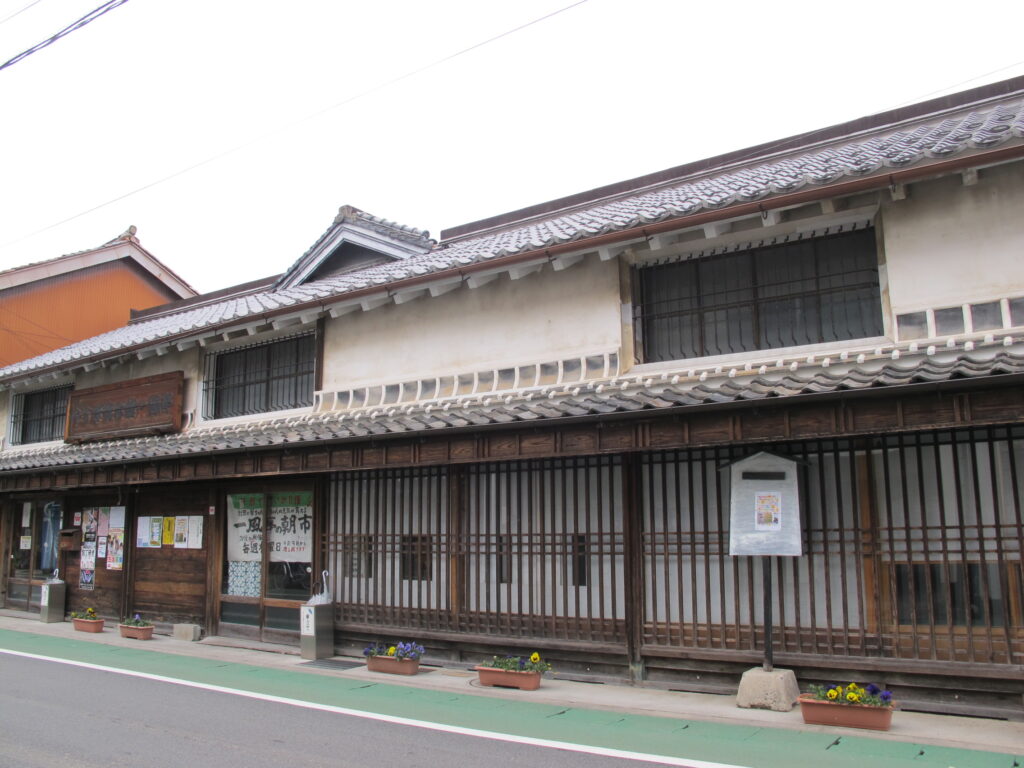
This building was built by one of the city's most wealthy merchant families in the late Meiji period. Over 100 years old.
Currently, it is used as an exchange base facility for the shopping district.
☆Departure and arrival points are here☆
02
Yamatsunero
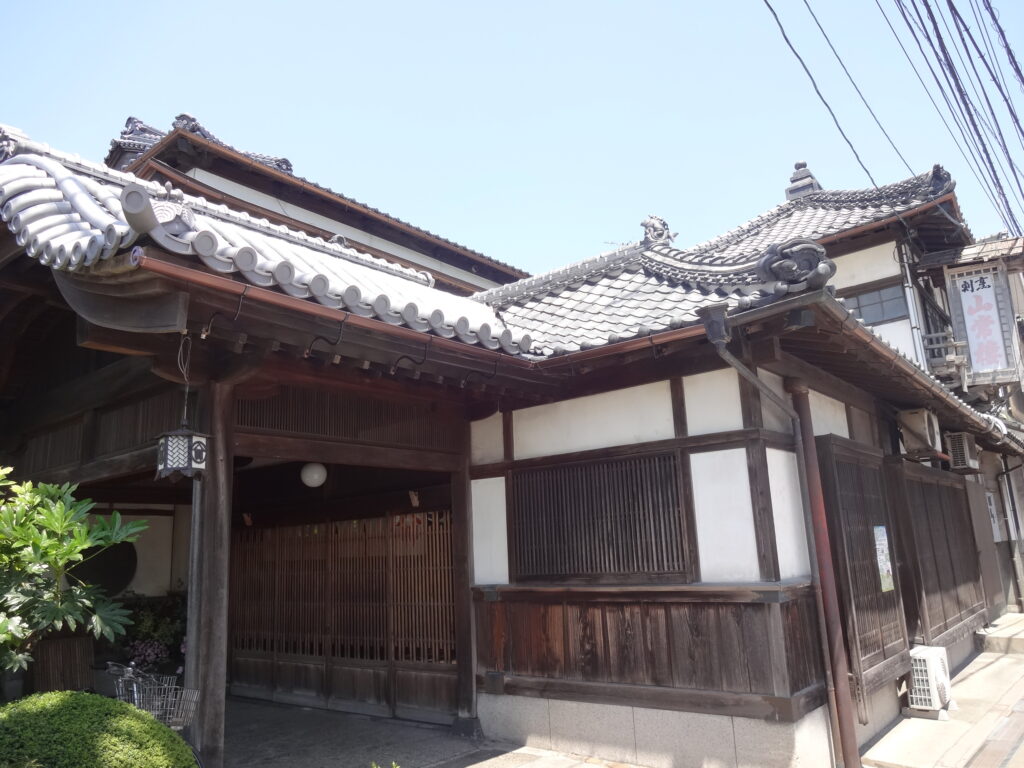
Kappo restaurant. It began as an ``eel restaurant'' at the end of the Edo period.
The storehouse, which was built at the end of the Edo period, and the main building, which is a purely Japanese-style building built in the early Showa period, have been designated as national tangible cultural properties.
03
Aisaka Residence
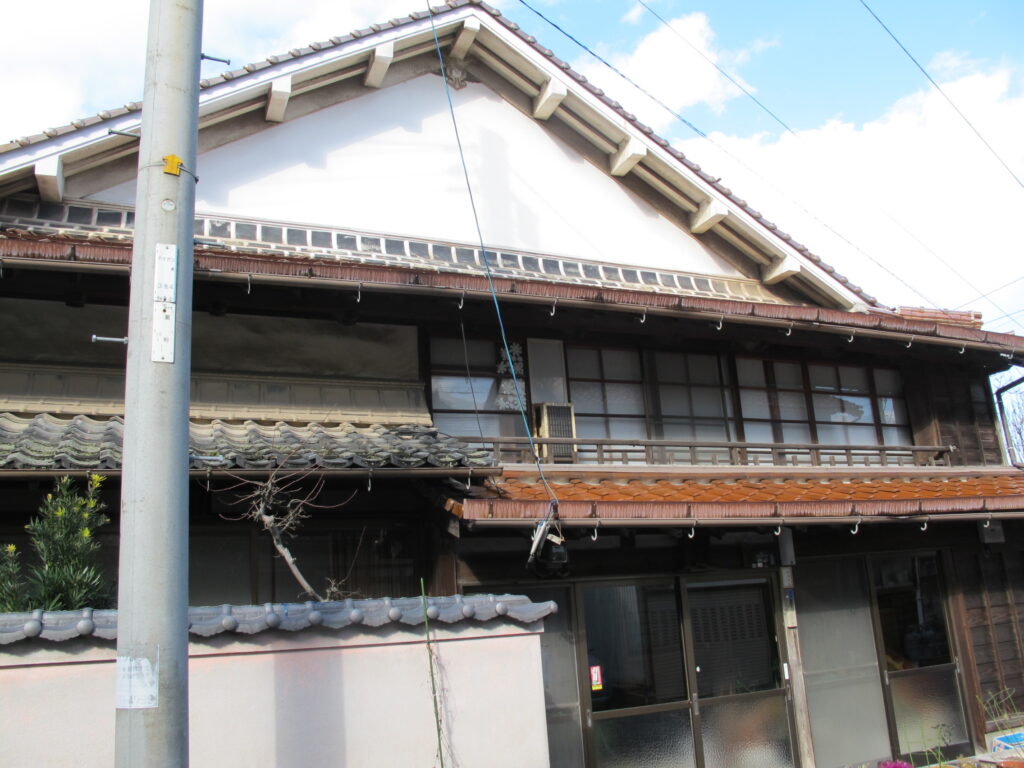
It existed in the Nishinada area, which was once lined with shipping wholesalers and iron-related gatehouses.
It tells the story of how it was built back then.
04
Children's book Tsubo
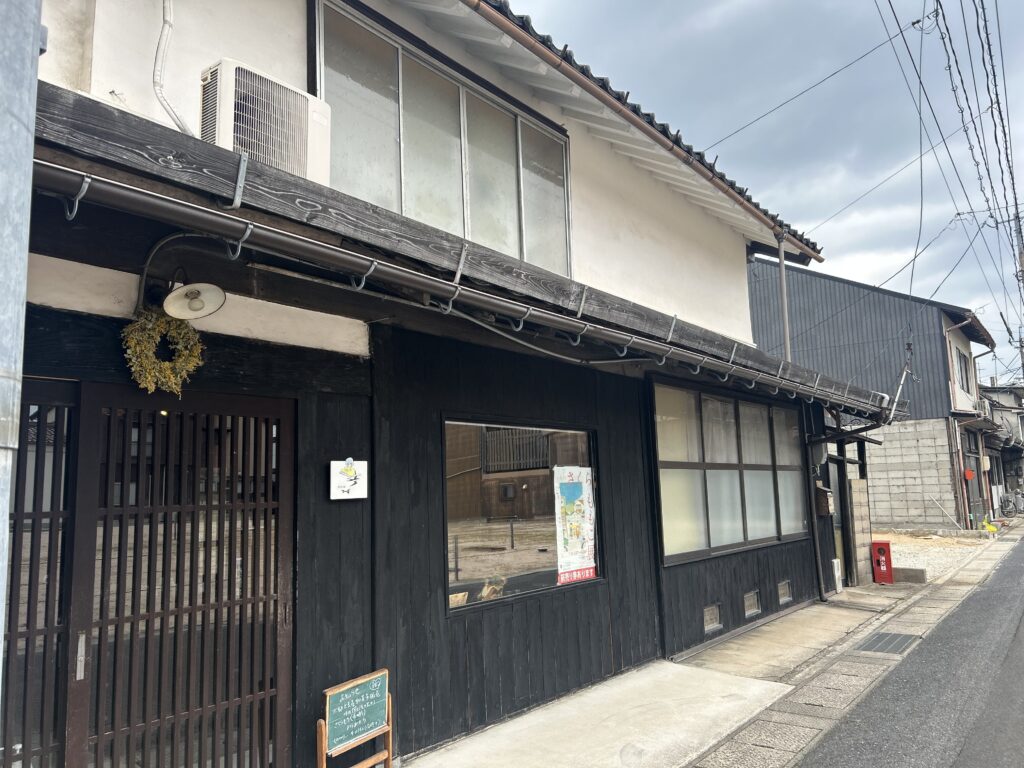
A picture book store in a renovated Meiji period old folk house.
05
Nabika residence
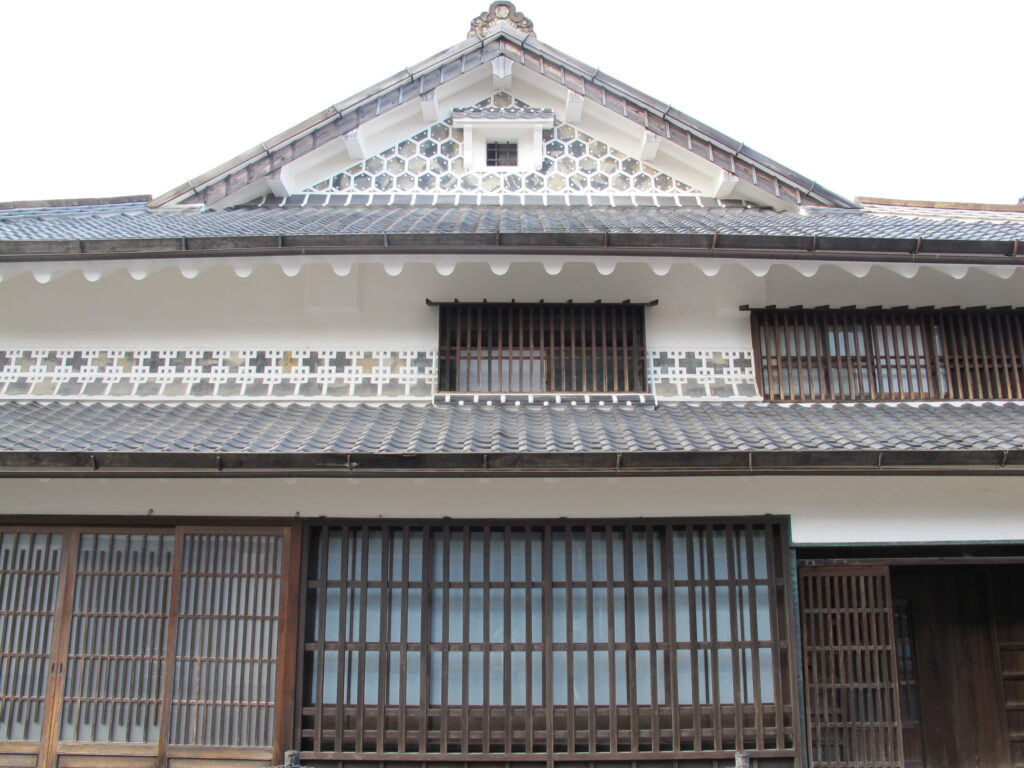
The building of the Namikawa family, a merchant family who made a fortune as a sake brewery in the Edo period.
The oldest merchant house building in the Yasugi district.
06
Welfare Hall (former Hitachi Welfare Hall)

Early Showa period architecture. Initially, it was called Hisagoya, a long-established restaurant that rivaled Yamajoro.
At the end of the war, it became the Hitachi Koseikan and was used as a student dormitory and a girls' dormitory.













